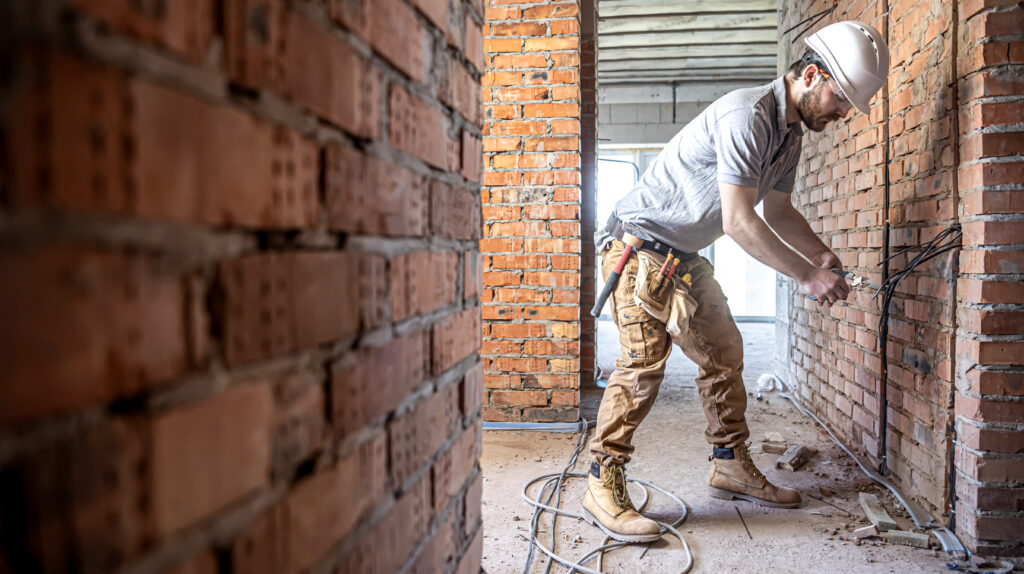Navigating Pennsylvania’s Electrical Outlet Code: A Comprehensive Guide
In Pennsylvania, adhering to the electrical outlet code is paramount for ensuring safety in both residential and commercial buildings. This article provides a thorough overview of Pennsylvania’s electrical outlet code requirements, tailored for DIY enthusiasts, electricians, construction workers, project managers, engineers, journeymen, master electricians, and electrical apprentices. Key Provisions of Pennsylvania’s Electrical Outlet Code Outlet […]
Navigating Pennsylvania’s Electrical Outlet Code: A Comprehensive Guide Read More »









